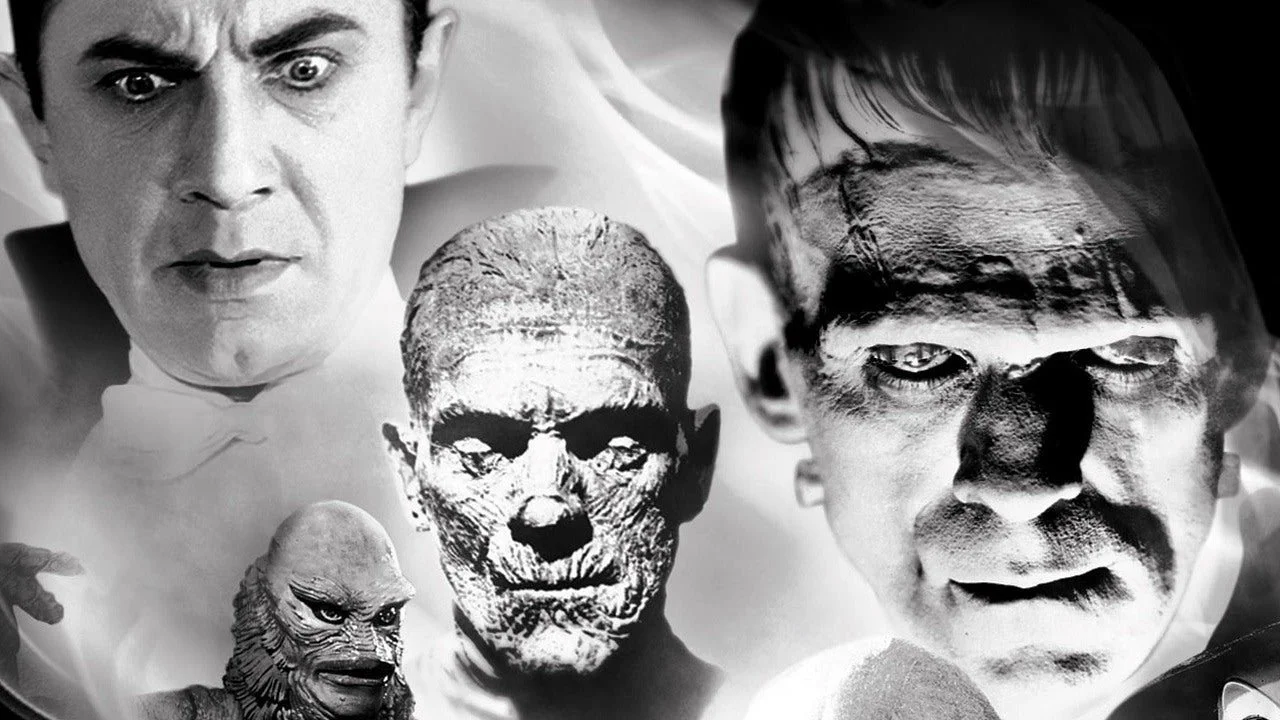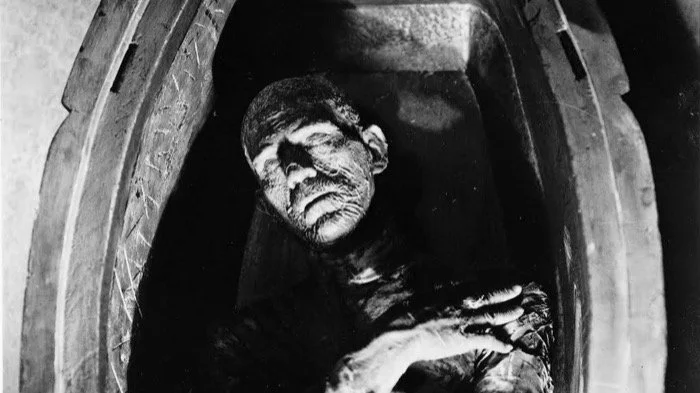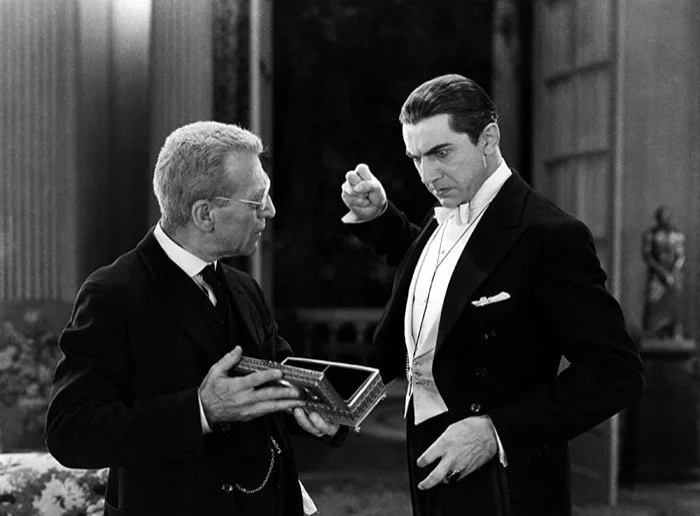Lookback: Iconic Monster Films Pt. I: 'Dracula' (1931) And 'The Mummy' (1932)
If you have not viewed the original Universal Monster films, their inclusion of an iconic theme of Pyotr Ilyich Tchaikovsky’s “Swan Lake” might be surprising. The cost-saving move by Universal Studios has aged well. The introductory credits roll as the music swells with passionate urgency. In the context of the original work, this theme was intended to accompany the owl-like villain of the ballet. With that in mind, the music foreshadows danger, confusion, and most clearly, a monster.
So much of what we think of in terms of what a monster is, and what a monster film is, has been illustrated by Universal Studios. A group of spectacularly talented people changed the world of film forever by bringing us lasting images of horror that we bought. Bela Lugosi, Boris Karloff, and Jack Pierce were some of the most pivotal talents that created and portrayed the monsters in such a way, that they would become iconic.
RELATED:
‘Dracula’ (1931)
Image Source: CBS News
It is truly difficult to overstate the influence of Bela Lugosi’s portrayal of Count Dracula. Far Out Magazine accredits the character as being at the center of creation of the Goth subculture. Writer Arun Starkey does this by connecting Legosi’s influence to the wave that followed the release of post-punk outfit Bauhaus’ song “Bela Lugosi’s Dead” in 1979. Lugosi’s influence continues into the modern day as his Count Dracula is featured on a model of EPS LTD guitar.
The stellar usage of light and shadow in Dracula (1931) helped to immortalize the searing eyes and visage of Lugosi’s Dracula. An imitation of the Hungarian actor’s (from Romania) accent and line delivery has been inseparable from future portrayals. Loving tributes and parodies and Halloween costumes surround us all around the time of Halloween. From Adam Sandler’s Dracula in Hotel Transylvania (2012) to Count von Count on Sesame Street (1969-present) to the seasonal run of General Mills Corporation’s monster cereals which include Count Chocula, Lugosi’s take on the emblematic vampire has informed our understanding and perception of the character forever.
‘The Mummy’ (1932)
Image Source: Bloody Disgusting
So much of the brilliance of The Mummy (1932) is owed to a name, perhaps not many know, Jack Pierce. Pierce was a luminary in the field of on-screen makeup. His efforts gave the world our images of the Frankenstein Monster, the Bride of Frankenstein, the Wolfman, and also, of course, The Mummy. He has influenced generations of makeup artists and his creations live on forever in popular media. There is also an ESP LTD guitar with the film poster of The Mummy (1932) on it.
Something that must be appreciated is just how easily The Mummy as a character could have tripped up on the starting line if the makeup did not completely sell the story of the character. It is striking upon rewatching how little of the bandaged version of Imhotep is in the film. It is just the introduction; however, the profound impact of the look shows that it could have been one minute of screentime, it was just that incredible.
From A Modern Lens
Image Source: IMDb
In a previous article for Culture Slate, I explain that throughout the history of media, the monster sub-genre has provided a platform for a person, population, or idea that has been othered by society. Both films suffer a bit in modernity. They both feature white men protecting women from “foreign” men, which would prove to continue to be a troublesome trope in films to come. They are also tough in terms of the lack of agency they gave women. There are instances where women will say what they want and will get steamrolled in the conversation a shockingly high number of times in a short runtime. There is even an instance in The Mummy (1932) when the man we are supposed to be rooting for says that he will “…make you love me.” Which is tough.
READ NEXT:
Source(s): Universal Monsters Database






